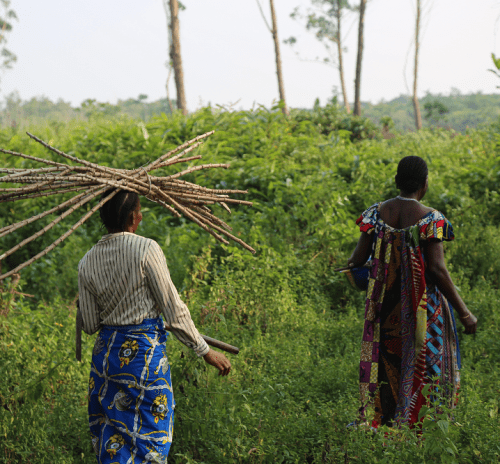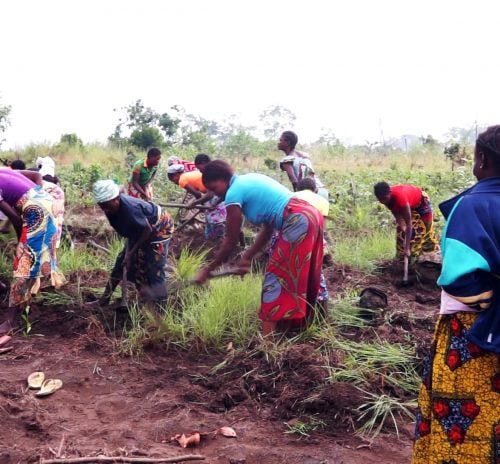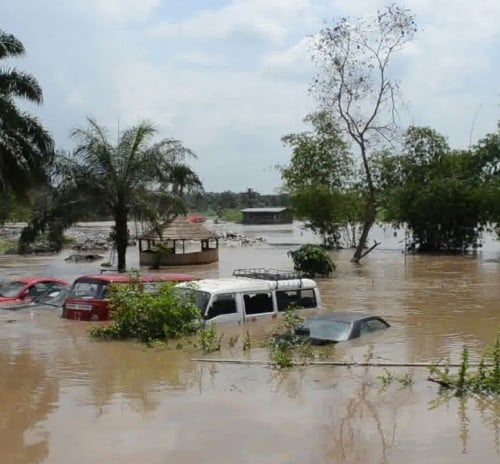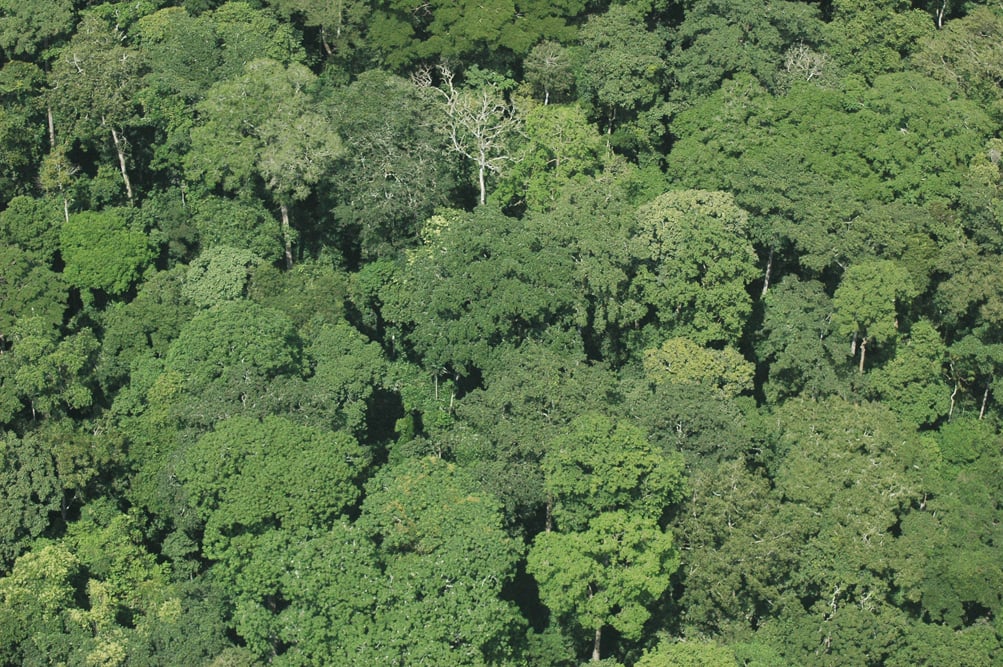In the strongest-ever push for a global agreement on climate change, leaders and monarchs from nearly 150 countries will assemble under one roof here on Monday, hoping that the show of solidarity would force a different result from the one six years ago when they last gathered in such numbers for the same cause.
Unlike any previous climate change meeting — an annual year-end event — the two-week conference in Paris will kickstart with the high-profile presence of heads of states and governments in possibly the biggest congregation of world leaders ever.
Each of these leaders — 147, according to official information — will speak for around three minutes on Monday in support of the UN-backed push for a global agreement after two weeks of talks at Le Bourget, the oldest airport in Paris that is now used only for the famous biennial air show and as the home of an aviation museum.
From Tuesday, the negotiators will take over in the hope of thrashing out the details of an agreement aimed at reducing the emissions of greenhouse gases into the atmosphere, fast enough to prevent catastrophic impacts of climate change.
A similar, though relatively smaller, gathering of political leaders was witnessed in Copenhagen in 2009, the last time the world took a shot at finalising a climate agreement. At that time, presidents and prime ministers from over 110 countries had flown in on the last two days of the conference in a desperate bid to clinch a deal. But all they could manage was a face-saver in the form of a “political declaration”.
The situation is different now. The excitement and expectation, both sky-high in Copenhagen, have been tempered and a lot of background work has been completed in the last couple of years.
But the most important difference is in the nature of the agreement being negotiated. In Copenhagen, the world was trying to finalise an agreement that would have assigned specific emission reduction targets to some countries, while telling everyone else what to do. The agreement being looked forward to in Paris would allow every country to do what they think they can.
While Copenhagen was aiming to deliver a comprehensive legally-binding treaty, Paris hopes to put together a framework agreement with just enough muscle and bone to stand on its own — for now. The agreement under negotiation is set to become operational only in 2020, in time to take over from the Kyoto Protocol.
“I think that all the stars seem to be aligning (for an agreement),” UN Secretary General Ban Ki-moon said in Malta on Friday during the Commonwealth summit. “There is a strong commitment not only from the government but also from the business communities and civil society… We are going to make it happen and the time for taking action is now. We cannot again delay or postpone it until tomorrow,” he said.
But, while the bar for success in Paris is quite low, there is no dearth of contentious issues. Now that emission reduction targets — which country should reduce its emissions by what amount — are to be decided by the countries themselves, the biggest fights are likely to be over money, and technology.
Developed countries, which account for the overwhelming amount of accumulated greenhouse gases in the atmosphere over the last 150 years, are mandated to provide money to the developing and least developed nations to help them adapt to the impacts of climate change, and also to shift to low-carbon growth trajectory. They are also mandated to transfer climate-friendly technologies to the developing world.
In Copenhagen, the developed countries had promised to collectively “mobilise” $100 billion in “new and additional” assistance every year from 2020 that can be channelised to developing countries as climate finance. Later, they also promised to raise $10 billion for a four-year period before 2020. But developing countries, including India, have often accused the developed world of using “dubious methods” to show progress on these commitments.
The developing countries are pressing for the finalisation of a financial architecture that will ensure the flow of “new”, “adequate” and “predictable” funding towards them. They also want a commitment from the developed world that the $100 billion purse would be progressively made bigger post-2020.
A similar fight is likely over climate-friendly technologies, as well. Developing countries want access to technologies protected by intellectual property rights but at low costs. India, for example, has listed around 20 indicative technologies that it requires for adaptation and low-carbon economic growth.
There are major differences over other issues as well, like how to assess whether everyone is acting to the best of their ability, or how to compensate the gap between the actions that countries are taking and those required to stall climate change.
Many world leaders assembling in Paris have made a climate agreement their personal mission. US President Barack Obama, one of the few leaders who was present in Copenhagen as well, sees the agreement as one of the possible legacies of his presidency. For German chancellor Angela Merkel, another leader who was present in Copenhagen, a successful climate agreement will strengthen her leadership within the European Union.
Prime Minister Narendra Modi has been talking bold and ambitious on climate change, and keen to present India as a solution provider. Canada’s newly elected Prime Minister Justin Trudeau, too, has made all the right noises on climate change during his campaign trail. On Friday, Canada announced it would provide 2.65 billion Canadian dollars to the developing countries in climate finance over the next five years, double of what the previous government had promised.
But it is the French who probably would be the most satisfied to see a successful outcome in Paris which is hosting the conference less than a month after it was attacked by terrorists. French President Francois Hollande made an unexpected appearance at the Commonwealth summit in Malta — France is not part of the Commonwealth — and likened the problem of climate change to the battle against terrorism.
“Man is the worst enemy of man. We can say it with terrorism but we can say the same when it comes to climate. Human beings are betraying nature, damaging the environment. It is therefore up to human beings to face up to their responsibilities,” he was quoted as saying by Canadian media outlets.
Why deal is within reach
* Like Copenhagen 2009, Paris aims to cut deal on emission of greenhouse gases
* But unlike failed push for binding deal in 2009, Paris will let nations chart own course
Click here to read the original article.
Related posts
-

REDD+ in Mai-Ndombe: A Threat to People and Forests?
-

Press Release: Encouraging Results from Mai-Ndombe REDD+ Project in DRC
-

RDC : Les conséquences du changement climatique se font sentir plus rudement

